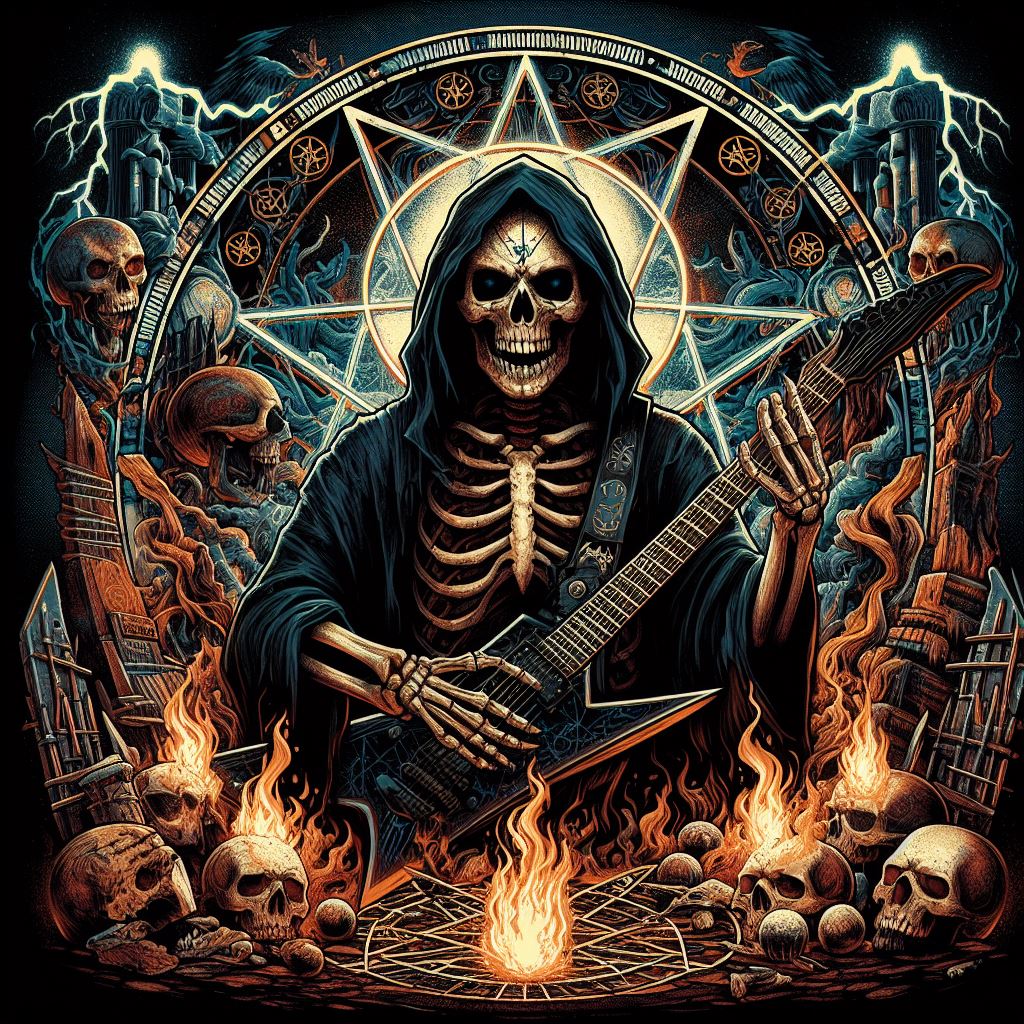System of a Down (SOAD) isn’t your typical metal band. Fusing blistering riffs with unconventional song structures, thought-provoking lyrics, and a touch of world music influence, they carved a unique sound that dominated the late 90s and early 2000s. Their story, much like their music, is one of merging backgrounds and defying expectations.
The band’s roots trace back to Glendale, California, in 1994. Serj Tankian and Daron Malakian, both of Armenian descent, met as children at an Armenian school. Their musical paths initially converged in a band called Soil, but after its dissolution, they decided to forge a new identity. Joined by Shavo Odadjian, another Armenian-American, on bass and initially Andy Khachaturian (later replaced by John Dolmayan) on drums, System of a Down was born. The name itself stemmed from a poem by Malakian, originally titled “Victims of a Down,” but tweaked by Odadjian to the more impactful “System.”
Their early days were a flurry of local gigs and demo recordings. A key turning point came in 1997 when they caught the attention of legendary producer Rick Rubin. Impressed by their raw energy and unconventional songwriting, Rubin signed them to American Recordings.
SOAD’s self-titled debut, released in 1998, was a potent introduction. Tracks like “Sugar” and “Spiders” showcased their penchant for abrupt tempo changes and Serj Tankian’s soaring vocals that could seamlessly shift from melodic croons to guttural screams. Lyrically, the album touched on themes of alienation, social injustice, and a healthy dose of absurdity.
However, it was their sophomore effort, “Toxicity,” released in 2001, that propelled them to superstardom. The album, featuring the iconic singles “Chop Suey!” and “Toxicity,” perfectly captured the band’s musical and thematic balance. It debuted at number one on the Billboard 200 chart, a feat they would repeat with their next two albums, “Steal This Album!” (2002) and “Mesmerize” (2005).
SOAD’s music wasn’t just about catchy riffs and powerful vocals. Their Armenian heritage heavily influenced their songwriting. Tracks like “P.L.U.C.K.” and “Question!” addressed the ongoing denial of the Armenian Genocide, a cause the band passionately championed. They also tackled political and social issues, criticizing war, consumerism, and media manipulation.
Despite their immense success, tensions began to simmer within the band. The relentless touring schedule and creative differences took their toll. In 2006, they announced an indefinite hiatus, allowing members to pursue solo projects.
Over the next decade, rumors of a reunion swirled, and the band occasionally performed one-off shows. Finally, in 2011, they officially reunited and embarked on a successful world tour. While they haven’t released a new studio album since the hiatus, SOAD remains a powerful live act, captivating audiences with their timeless music and energetic performances.
System of a Down’s legacy is undeniable. They defied genre classification, merging metal’s aggression with progressive rock’s experimentation and world music’s exotic flair. Their music resonated with a generation grappling with social and political anxieties, offering a voice of discontent and a powerful sonic catharsis. Even today, their music continues to inspire new generations of musicians and fans, solidifying their place as one of the most important and influential rock bands of the 21st century.

Leave a Reply
You must be logged in to post a comment.